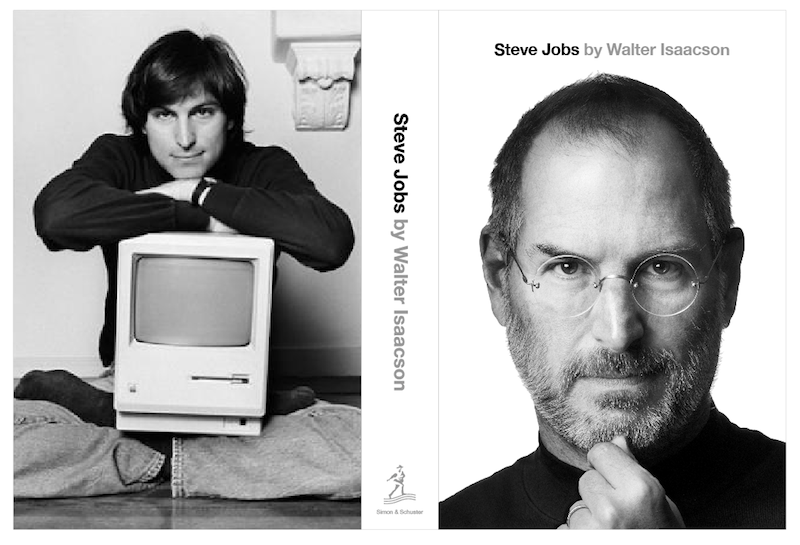Though on leave since January, Steve Jobs stayed visible at Apple
Jobs announced he would take a medical leave of absence — but remain CEO of Apple — in January. At the time, the company co-founder said he would remain involved in major strategic decisions at the company.
As it would turn out, he did a lot more than that over the next seven months.
Until Wednesday, when Jobs announced he could no longer serve as Apple CEO, the legendary technology icon remained the face of the company. Almost immediately after his medical leave was announced, reports from within the company indicated that Jobs was still hard at work on perfecting the company's next-generation iPad, which launched in March, and the new iPhone, which has yet to be announced.
In spite of those reports, most people were still surprised when Jobs returned to the stage in early March to introduce the iPad 2. Greeted with a standing ovation, Jobs delivered the keynote in his trademark blue jeans and black mock turtleneck shirt. He noted to the audience that Apple had been working on the second-generation iPad for awhile, and he didn't want to miss its unveiling.
When a controversy over an iOS location database file broke out in April, Jobs was on the front line, attempting to calm public concern that Apple might be tracking their location. Jobs, along with the rest of Apple's executive team, explained that a database file stored on the iPhone did not delete location data because of a bug. The issue was fixed in a subsequent software update.
Jobs took to the stage once again in June, sharing the presentation duties with Apple Vice President for Worldwide Product Marketing Phil Schiller, and Senior Vice President of iOS Software Scott Forstall. Together, they showed off Mac OS X 10.7 Lion, iOS 5, and the forthcoming iCloud.
Jobs' iconic "one more thing" at the event was the new iTunes Match service, set to launch this fall, which will allow users to match up their personal library of ripped songs with high-quality tracks on iTunes for $24.99 per year.
Only a few days later, Jobs then made a presentation of a very different kind before the Cupertino City Council. There, he personally pitched a new 12,000-employee campus in the city which he said looks like a "spaceship" because of its giant circular design.
Jobs' proposal and accompanying presentation impressed the council so much that the Cupertino mayor publicly said there is "no chance" the project will be rejected. Both Apple and Jobs have deep roots in Cupertino, and city officials plan to keep it that way.
As recently as this month, reports also indicated that Jobs had a hands-on role in Apple's ongoing negotiations with China Mobile, the single largest wireless provider in the world with more than 600 million customers. A deal between Apple and China Mobile is expected to be reached at some point before the end of this year.
Even as Jobs has remained in the spotlight, his continuing health problems have also remained in focus. In July, The Wall Street Journal reported that members of the Apple Board of Directors had informally explored CEO succession options.
There, too, Jobs stayed involved, and personally e-mailed a reporter to rebut the claims made in the story. The then-chief executive reportedly responded, terse as always, with: "I think it's hogwash."
 Neil Hughes
Neil Hughes














 Amber Neely
Amber Neely
 Thomas Sibilly
Thomas Sibilly
 AppleInsider Staff
AppleInsider Staff
 William Gallagher
William Gallagher
 Malcolm Owen
Malcolm Owen
 Christine McKee
Christine McKee










21 Comments
Lol! I hope he keeps on writing his one-line email responses for a long time as Chairman of the Board. I know it wasn't always a soothing PR strategy, but it was always entertaining...
Of course, Apple is his life's passion.
I plan to see steve on the mother ship.
I plan to see steve on the mother ship.
Thats what I want to see. Ribbon cutting opening time for the new Apple HQ, with SJ cutting the ribbon!
We all knew this would happen, but not this soon. Since being an Apple user with an Apple 11 I've seen
it all change many times. But like Steve said one time. Every 6 months something new.
See you one day in the" Cloud" Steve